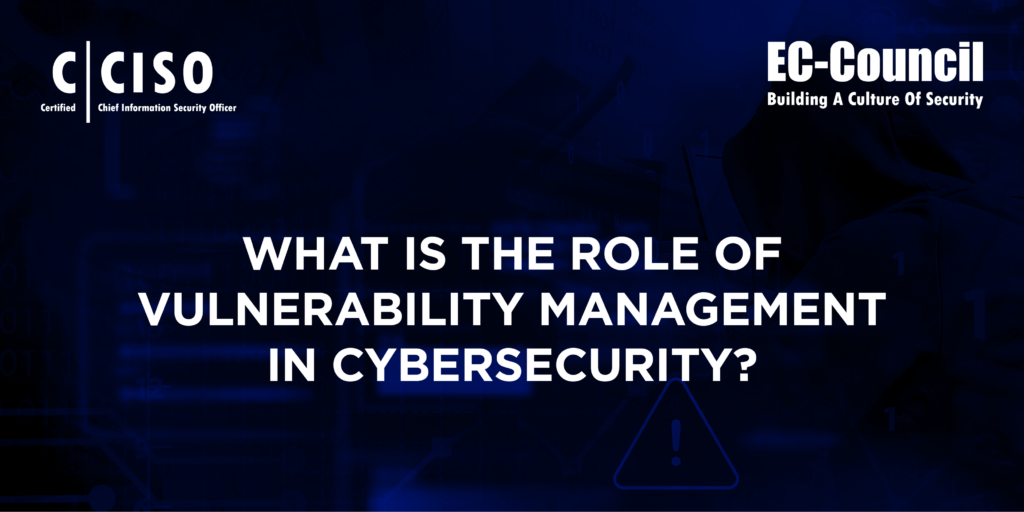Effective Vulnerability Management

Vulnerability management is essential in cybersecurity, as it involves continuously assessing IT environments for security flaws. Organizations must prioritize and address these vulnerabilities to minimize their attack surface. The process is not only about finding flaws but also understanding which ones pose real risks and taking appropriate action.
What is Vulnerability Management?
Vulnerability management is the systematic approach to managing security vulnerabilities in systems, applications, and networks. A security vulnerability is a weakness that can be exploited by malicious actors. These vulnerabilities can arise from software code, system configurations, or even human behavior.
The goal is to minimize the attack surface, which consists of potential security flaws and access points for attackers. Ongoing vulnerability management involves staying ahead of potential threats.
For further reading on the principles of vulnerability management, please refer to Help Net Security and the EC-Council.
The Benefits of Vulnerability Management
Implementing effective vulnerability management yields several advantages:
- Better security: Identifying and addressing vulnerabilities before they can be exploited reduces the risk of data breaches.
- Lower costs: By preventing security incidents, organizations can avoid legal fees and reputational damage.
- Greater effectiveness: Organizations can prioritize vulnerabilities for maximum impact on security.
- Regulatory compliance: Adhering to vulnerability management practices assists with compliance to regulations like HIPAA and GDPR.
For more insights on the benefits of vulnerability management, check out Your Ultimate Guide.

Image courtesy of EC-Council
The Vulnerability Management Process
The process consists of four main stages:
- Scanning and Discovery: This stage involves scanning the IT environment for vulnerabilities, including assets like endpoint devices, servers, and applications. Tools such as Nessus and Qualys can help in this stage.
- Assessment and Prioritization: After identifying vulnerabilities, organizations assess their severity using frameworks like the Common Vulnerability Scoring System (CVSS). Understanding how easily a vulnerability can be exploited and its potential impact is crucial.
- Remediation and Mitigation: Addressing vulnerabilities can involve fixing the flaw (remediation), reducing the likelihood of exploitation (mitigation), or accepting the risk if the flaw is minor.
- Continuous Verification: Ongoing verification ensures that remediation efforts are effective and that new vulnerabilities are continually assessed.
For detailed guidance on the vulnerability management process, explore Help Net Security and EC-Council.
Best Practices for Vulnerability Management
Following industry best practices is vital for effective vulnerability management:
- Regular Vulnerability Scans: Schedule frequent scans across the entire IT ecosystem, including servers and devices.
- Patch Management: Stay updated on security patches to prevent incidents, as seen in the Equifax breach.
- Automation: Utilize automation tools to analyze and address vulnerabilities more efficiently.
- Education and Training: Train staff to recognize phishing and other security threats.
For further exploration of best practices, you can refer to the EC-Council and Help Net Security.
Role of GrackerAI in Cybersecurity Marketing
GrackerAI, an AI-powered cybersecurity marketing platform, transforms security news into strategic marketing content. The platform enables marketing teams to identify emerging trends and monitor threats, allowing for the production of technically relevant content that resonates with cybersecurity professionals.
By automating insight generation from industry developments, GrackerAI helps organizations create timely, targeted marketing materials. This capability is essential for those in the cybersecurity sector looking to enhance their marketing strategies.
To learn more or explore our services, visit GrackerAI.
Latest Cybersecurity Trends & Breaking News
US Authorities Indict Black Kingdom Ransomware Admin
How CISOs Can Leverage Threat Intelligence to Stay Proactive




